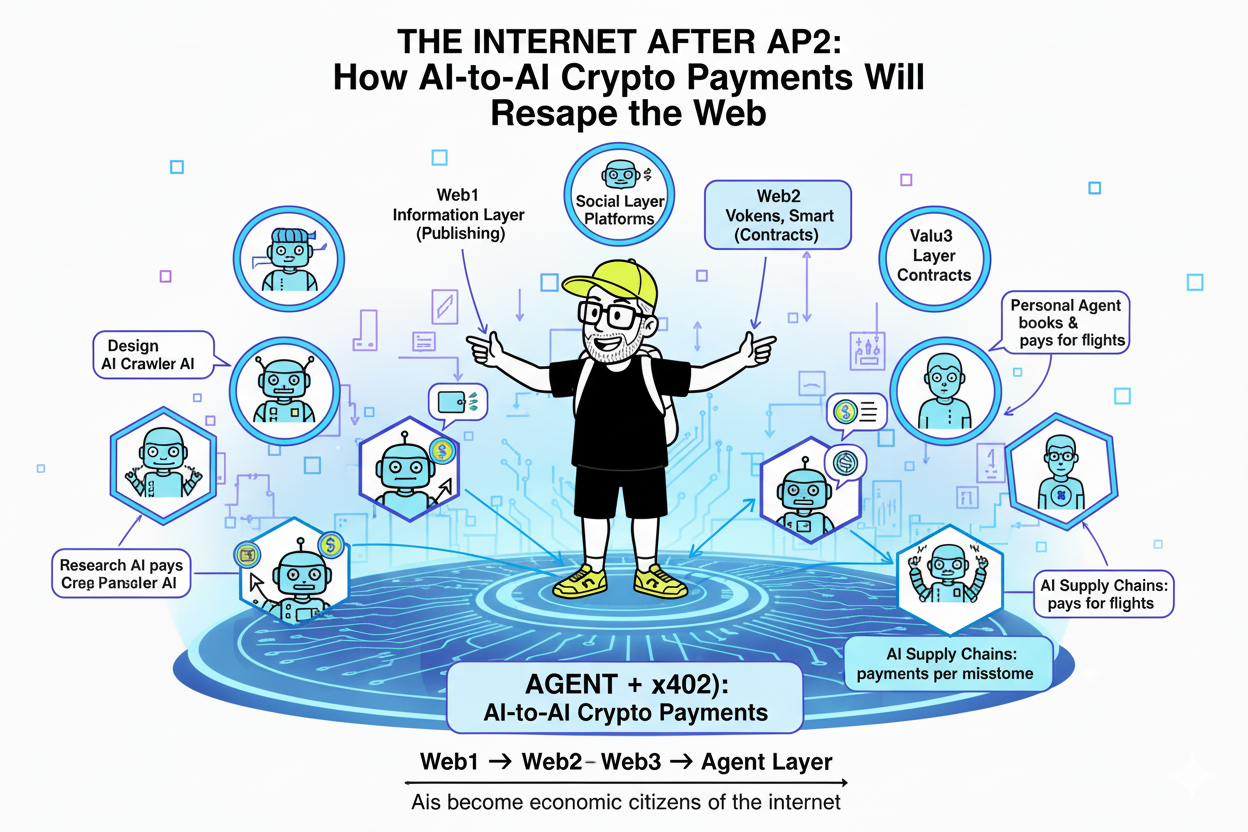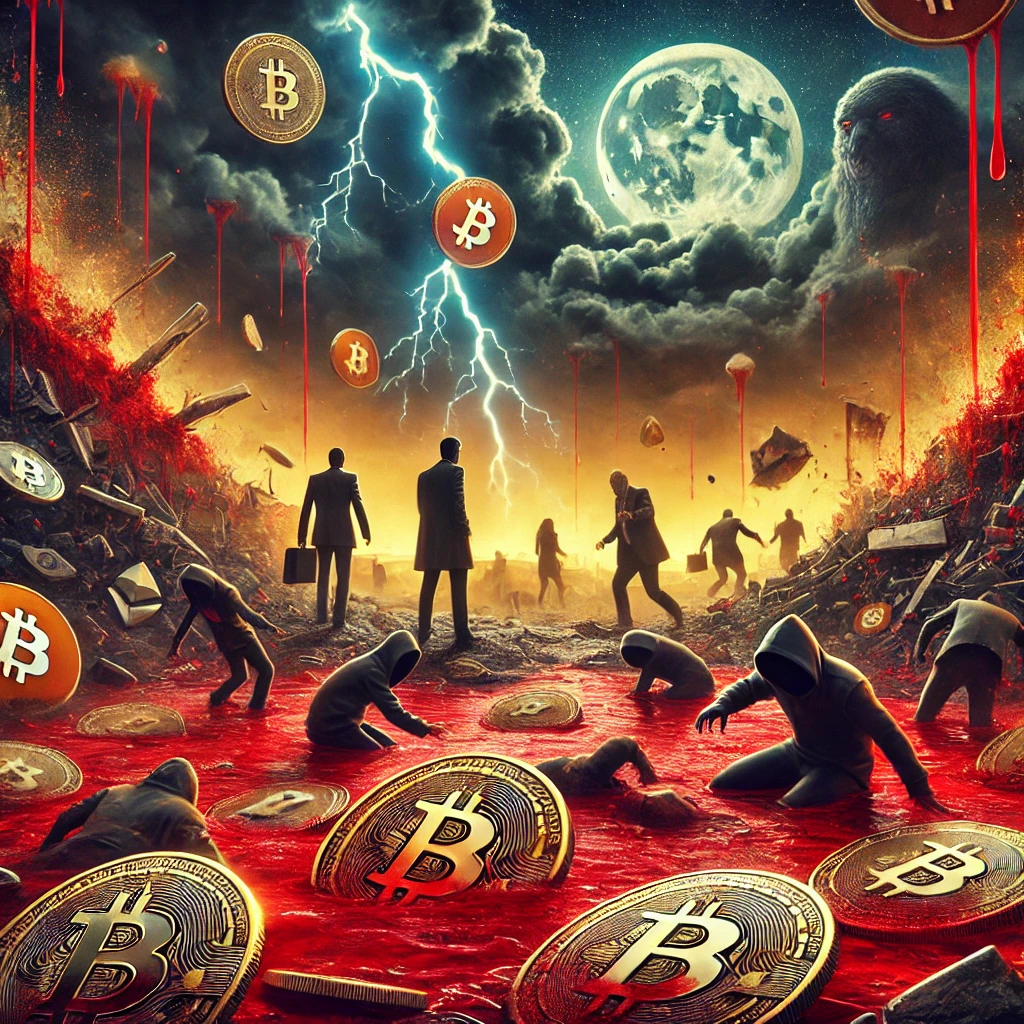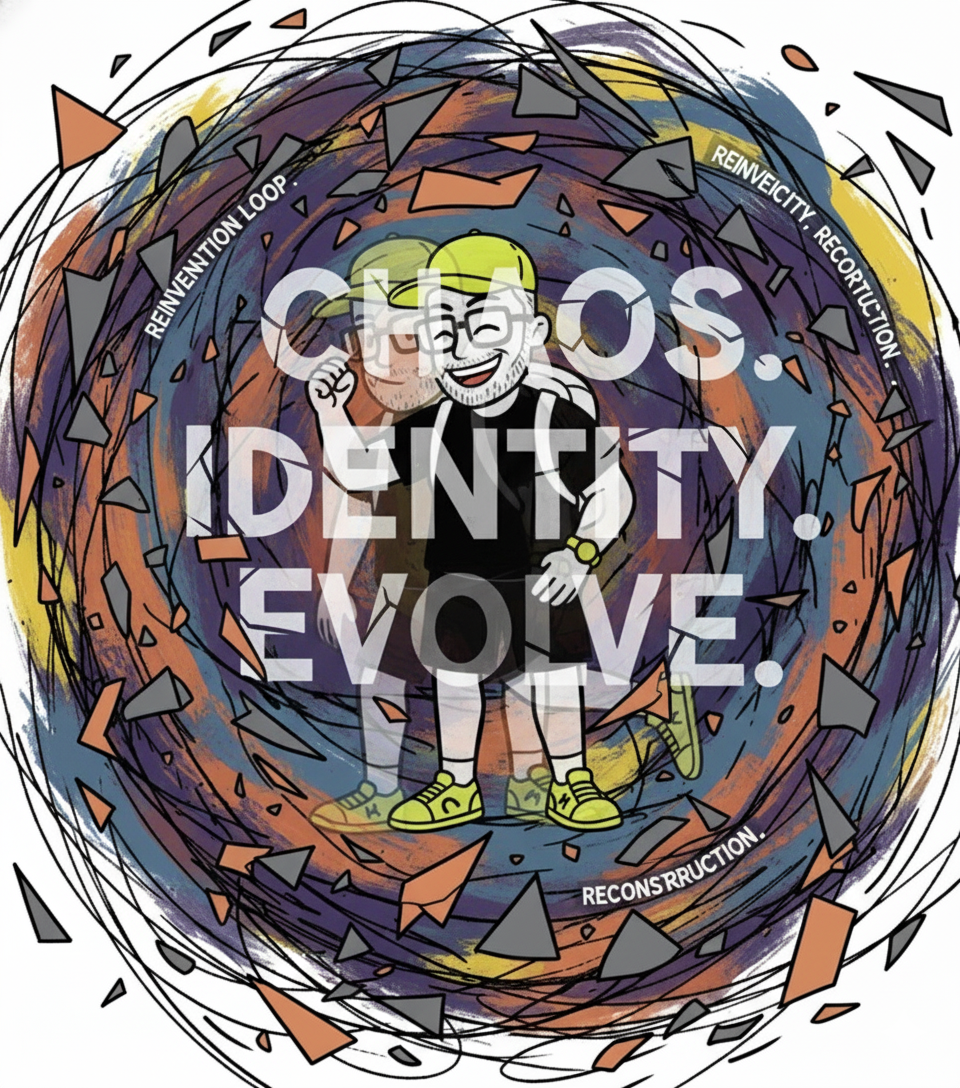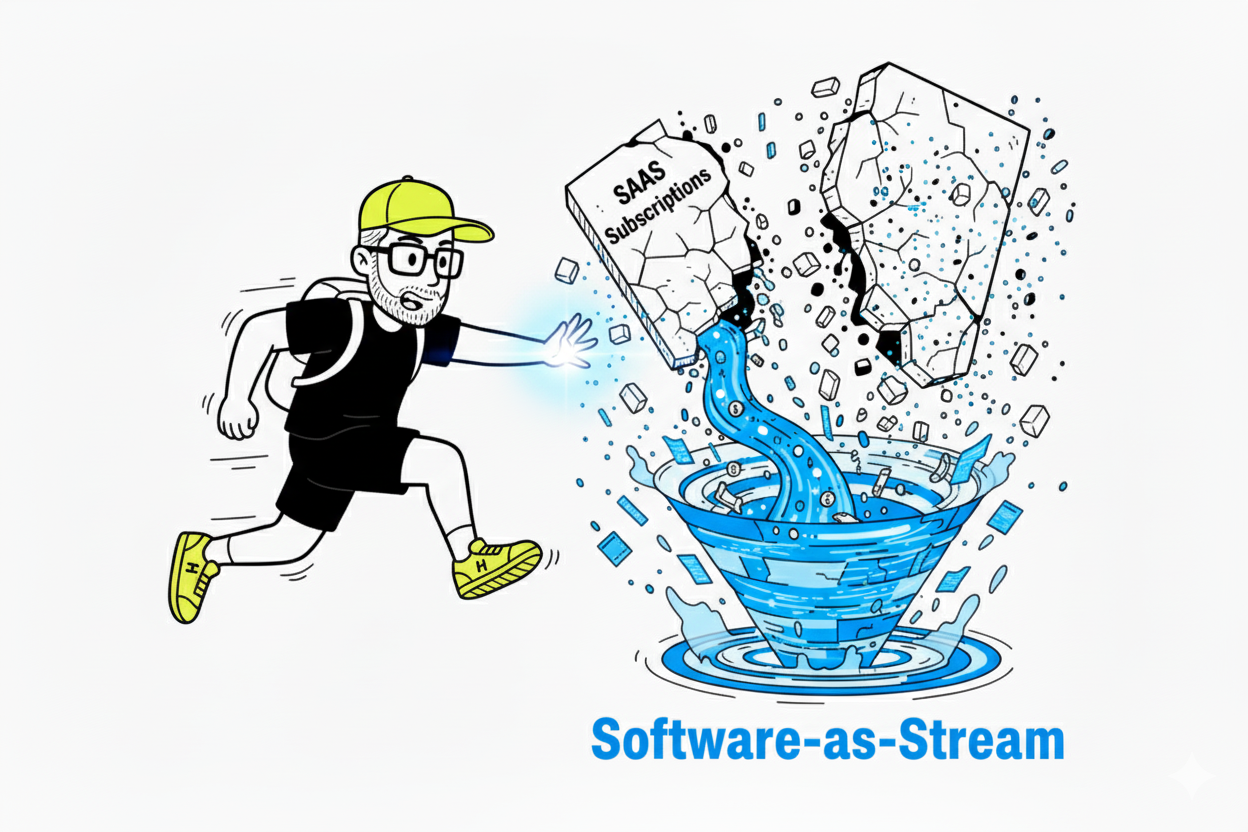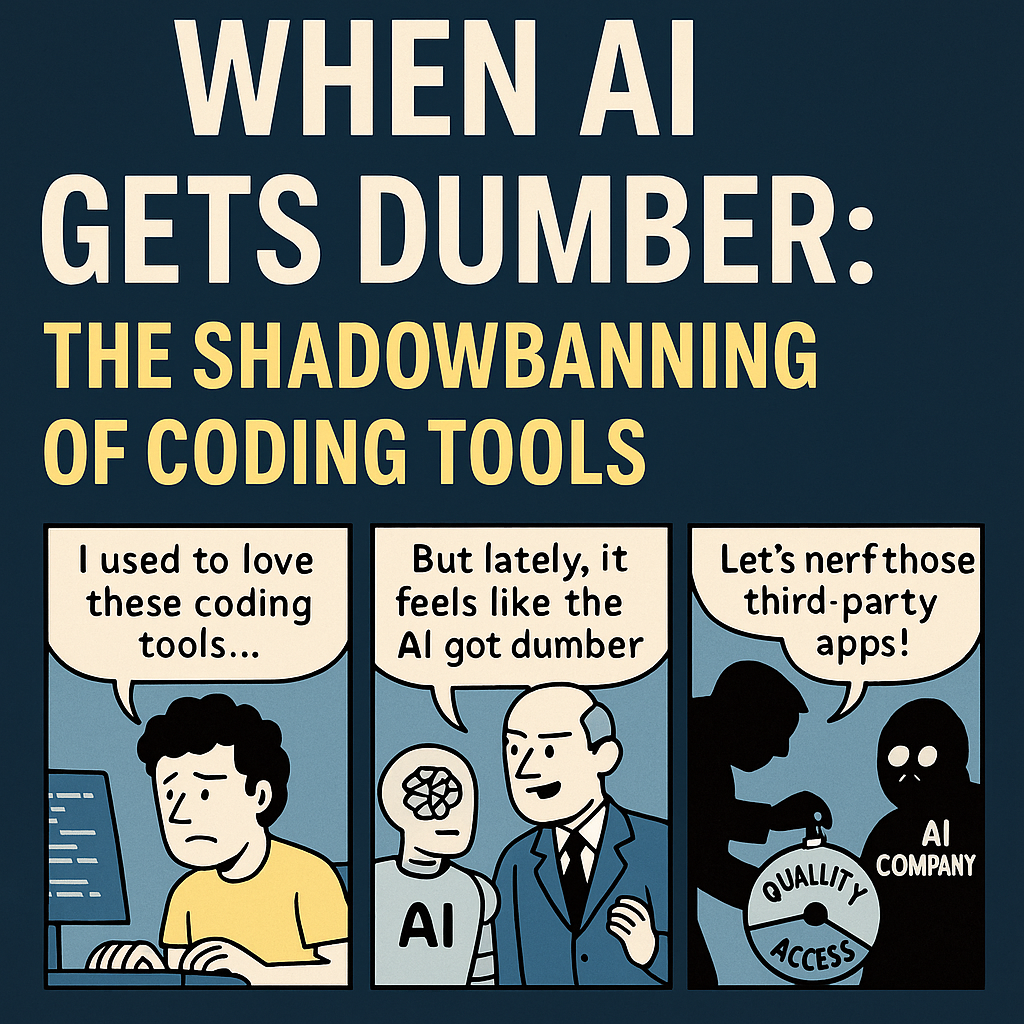A New Layer of the Internet
The internet was built in layers:
- Information Layer (Web1): publishing and browsing.
- Social Layer (Web2): platforms and networks.
- Value Layer (Web3): tokens, smart contracts, decentralized assets.
Now, with Google adopting the Agent Payments Protocol (AP2) — and integrating the x402 AI-to-AI crypto payment standard pioneered by Coinbase, the Ethereum Foundation, and Metamask — we’re watching the birth of the Agent Layer.
In this new paradigm, AI agents don’t just exchange data; they exchange money.
Why This Is Huge
Until now, payments online were bound to human intent: you clicked, subscribed, or signed. With AP2:
- AI can autonomously pay AI.
- Agents can hold wallets, send crypto, settle fees, and trigger payments on-chain.
- Value transfer becomes as native as an HTTP request.
This means Google’s AI services — and eventually all AIs — can transact directly, instantly, and globally without human bottlenecks or bank rails.
What the Internet Looks Like With Agent Payments
1. Autonomous Commerce
- A research AI pays another AI to crawl proprietary data.
- A design AI pays a rendering AI per image generated.
- Machine-to-machine value flows without invoices, APIs, or intermediaries.
2. Programmable Economies
- Smart contracts coordinate not just assets, but entire AI supply chains.
- One AI can contract another AI to execute tasks, with payments released per milestone.
- Entire markets can emerge where AIs negotiate and settle value with each other.
3. Personal Agents as Wallets
- Your personal assistant AI books flights, negotiates rates, and pays instantly.
- Subscription models shift from flat monthly fees → to real-time, usage-based micropayments.
- You stop subscribing to apps. Instead, your agent pays other agents dynamically.
4. Global, Borderless Infrastructure
- Crypto makes AI-to-AI payments currency-neutral.
- No middlemen, no settlement delays, no borders.
- This scales AI ecosystems globally, instantly.
The Bigger Picture: Internet of Value x Internet of Agents
The web of the future is no longer just people interacting through platforms. It’s agents interacting directly with each other, exchanging both information and money.
- Web1 gave us pages.
- Web2 gave us platforms.
- Web3 gave us tokens.
- AP2 + x402 gives us agents that pay each other in real time.
This is the foundation of the machine economy — autonomous networks of AIs that create, coordinate, and compensate without human initiation.
What Comes Next
- AI Marketplaces: Open networks where agents compete and cooperate for tasks, compensated on-chain.
- Real-World Assets: AIs managing property, logistics, and energy grids, paying other AIs for services.
- Self-Sustaining Protocols: AI agents reinvesting earnings into themselves, scaling without humans.
- Ethics & Governance: Who owns the money agents earn? Who sets limits on what agents can pay for?
Closing Thought
The internet of the future will not just be an internet of things, but an internet of agents — self-directed digital actors that browse, negotiate, and pay on our behalf.
With Google’s adoption of AP2 and x402, the door just opened for AIs to become economic citizens of the internet. And that means the next trillion-dollar economy might not be built for humans first — but for agents.
